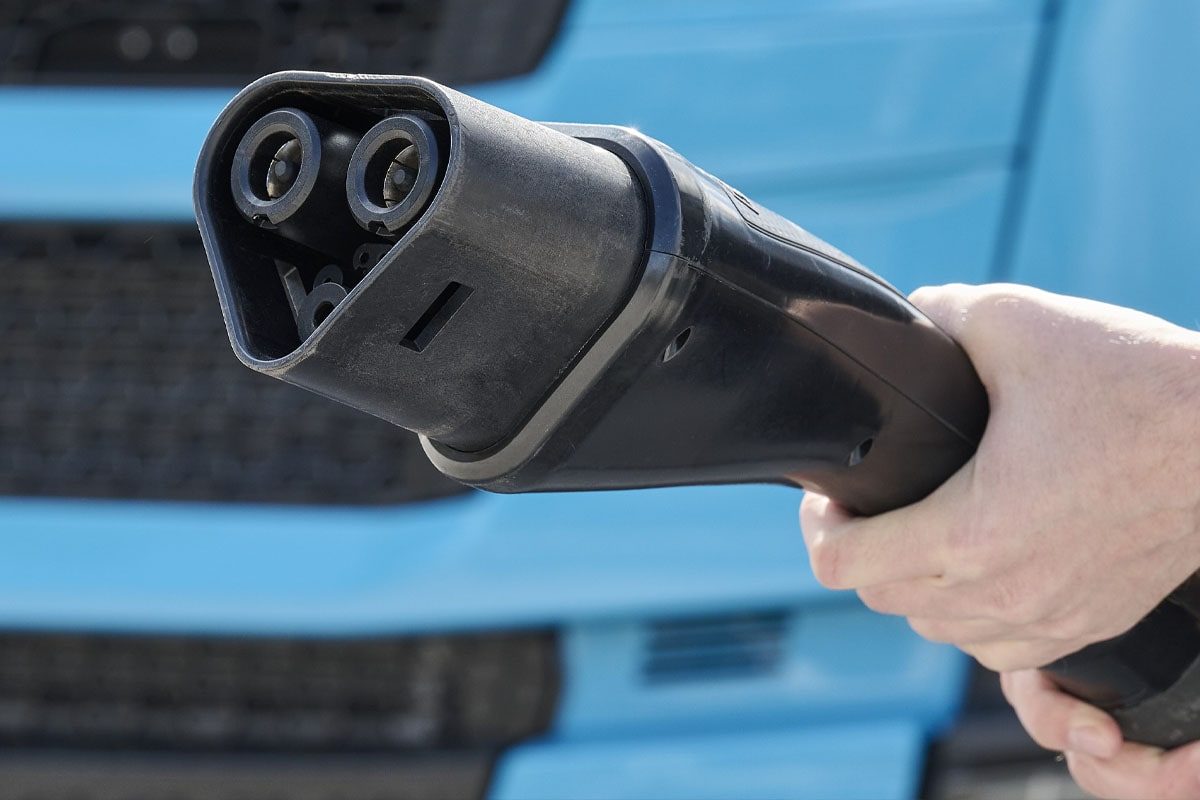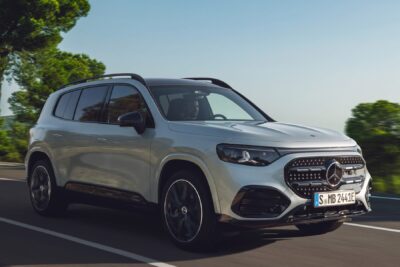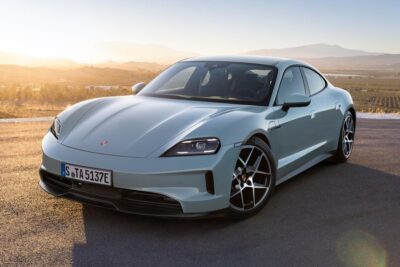Scania announces electric trucks with MCS port for 2026
With the R 450e, Scania has already had a battery-electric long-haul truck in production for some time. It is currently available with battery capacities of 416 or 624 kWh, with 520 and 728 kWh options to be added in the course of the year. Another new feature is that the R 450e will be equipped with an MCS connection ex works from next year. Scania has now publicised this at EVS38. The first MCS ports will support up to 1,000 amps, resulting in a charging capacity of up to 750 kW. Although this means that the manufacturer will not reach the eponymous one megawatt, the charging system also counts as a standard solution in accordance with the Megawatt Charging System (MCS) below this mark. In principle, MCS is specified as an international standard for a maximum current of 3,000 amps, meaning that trucks will be able to charge from 20 to 80 per cent in less than 30 minutes in future. “This breakthrough makes long-haul electric freight not only practical but also profitable,” wrote Scania headquarters.
Even though MCS charging at Scania is initially limited to 750 kW, just like at its sister company MAN, “which is roughly two times faster than today’s CCS2 standard,” the Swedish company added. This high charging capacity requires innovative, safe solutions such as liquid-cooled connections in the charger and improved communication protocols that ensure stable and predictable operation. Scania now considers itself well equipped for 2026: The first electric trucks equipped with MCS should be available to order in early 2026. At the same time, Scania is making efforts via its parent company Traton, and this in turn via the joint venture Milence, to establish the first MCS corridors along important transport routes.
“Predictable and reliable charging allows drivers to take legally mandated rest periods without risking delays, an essential factor in making electric trucks a competitive alternative to diesel, and critical for achieving global climate goals,” said Jorge Soria Galvarro, Senior Technical Adviser for Charging Infrastructure at Scania.
Scania had already successfully tested a megawatt charging system from ABB E-Mobility for the first time in 2023. Both Scania and ABB are involved in the development of the MSC standard as members of the CCS initiative CharIN. CharIN demonstrated the Megawatt Charging System (MCS) for the first time in mid-2022 at the Electric Vehicle Symposium (EVS35) in Oslo. The prototype design of the connector was also unveiled at the event. However, standardisation has not yet been fully completed.
The Megawatt Charging System is designed for a charging voltage of up to 1,250 volts and the aforementioned current of 3,000 amps, which theoretically corresponds to a charging capacity of up to 3.75 megawatts. Unlike with electric cars, the position of the charging port on the vehicles is standardised for the MCS. The charging port will be on the left-hand side of the vehicle, in an area between two and 4.80 metres behind the bumper. It should be located there at approximately hip height. This standardised position is intended to simplify the installation of the charging parks.





0 Comments